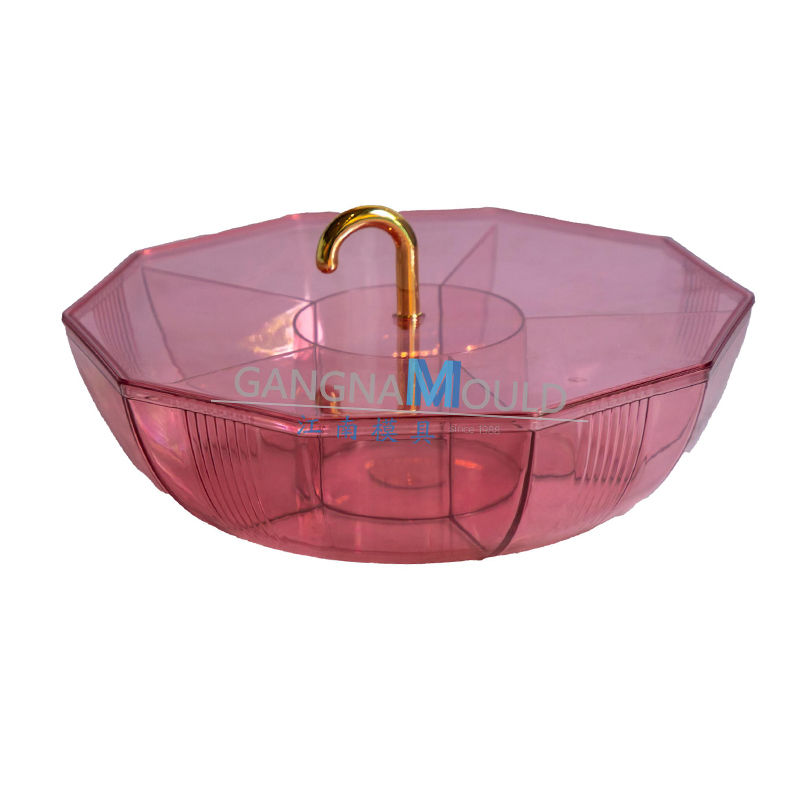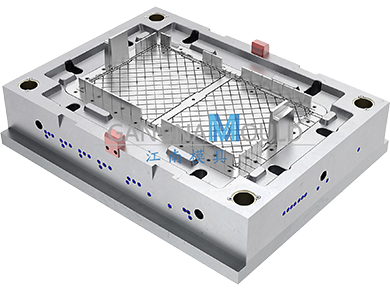Household Plastic Disposable Tray Mould for Efficient Food Service Production
Household plastic disposable tray moulds are essential tools for producing lightweight, convenient, and functional trays used in kitchens, dining settings, and food service environments. These moulds allow manufacturers to create trays with consistent dimensions, smooth surfaces, and durable edges suitable for holding various types of food and household items. By using high-precision moulds, producers can ensure that each tray meets practical requirements while maintaining cost-effective production processes.
The design of a household plastic disposable tray mould focuses on efficiency, reliability, and versatility. The mould must produce trays with uniform thickness to ensure structural stability and prevent warping. It is generally constructed from high-quality steel capable of withstanding the heat and pressure of the injection molding process. Well-engineered moulds also incorporate features that facilitate easy demolding and reduce cycle time, allowing for high-volume production without compromising quality.
Materials commonly used in disposable trays include polypropylene (PP), polyethylene (PE), and other food-safe plastics. These materials offer durability, resistance to moisture, and the ability to maintain shape under light loads. During the manufacturing process, the plastic is heated to a molten state and injected into the mould cavity under controlled pressure. After cooling, the finished trays are ejected, inspected, and packaged. The precision of the mould ensures consistent wall thickness, smooth surfaces, and uniform dimensions across all trays produced.
One of the main advantages of using a disposable tray mould is production efficiency. Thin-walled tray designs fill quickly and cool faster, enabling shorter cycle times and higher output. This efficiency is particularly important for manufacturers supplying households, catering services, and food delivery operations. The mould’s design can also accommodate stackable trays, which reduces storage space and simplifies transportation for distributors and retailers.
Customization is another important feature offered by household tray moulds. Manufacturers can produce trays in a variety of shapes, sizes, and compartment layouts to meet specific consumer needs. Some moulds allow for embossed patterns or textured surfaces, which can improve grip, reduce slippage, and enhance visual appeal. Rim designs can be integrated into the mould to strengthen edges, ensuring that the tray maintains its shape during use and handling.
Hygiene and safety are key considerations in tray design. Smooth surfaces created by the mould small areas where food residues can accumulate, making trays easier to clean and maintain. Food-safe materials ensure that trays are suitable for direct contact with meals, and the mould must maintain high precision to prevent defects that could compromise usability or safety.
Maintenance of the mould is essential for long-term performance. Regular cleaning, inspection, and lubrication of moving parts help maintain accuracy and extend the mould’s service life. Proper care ensures consistent production quality, reduces downtime, and allows manufacturers to meet high-volume demands efficiently.
In conclusion, household plastic disposable tray moulds play a vital role in modern food service and domestic environments. By enabling the production of lightweight, practical, and hygienic trays, these moulds support both consumer convenience and manufacturing efficiency. With careful design, precision engineering, and durable materials, disposable tray moulds provide reliable solutions for producing consistent and functional trays suitable for everyday household use or commercial applications.




 English
English русский
русский Español
Español Français
Français عربى
عربى 简体中文
简体中文




